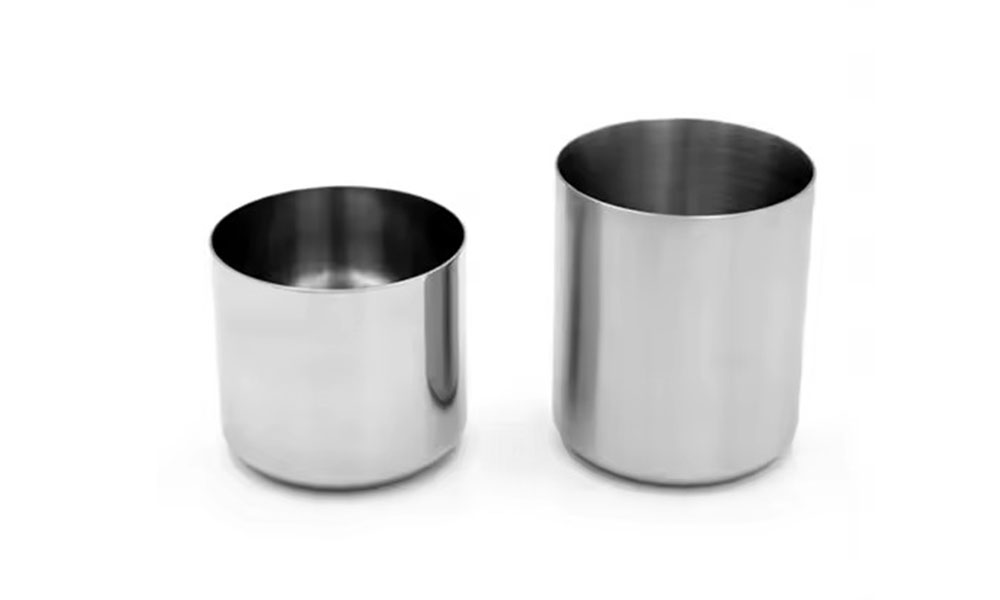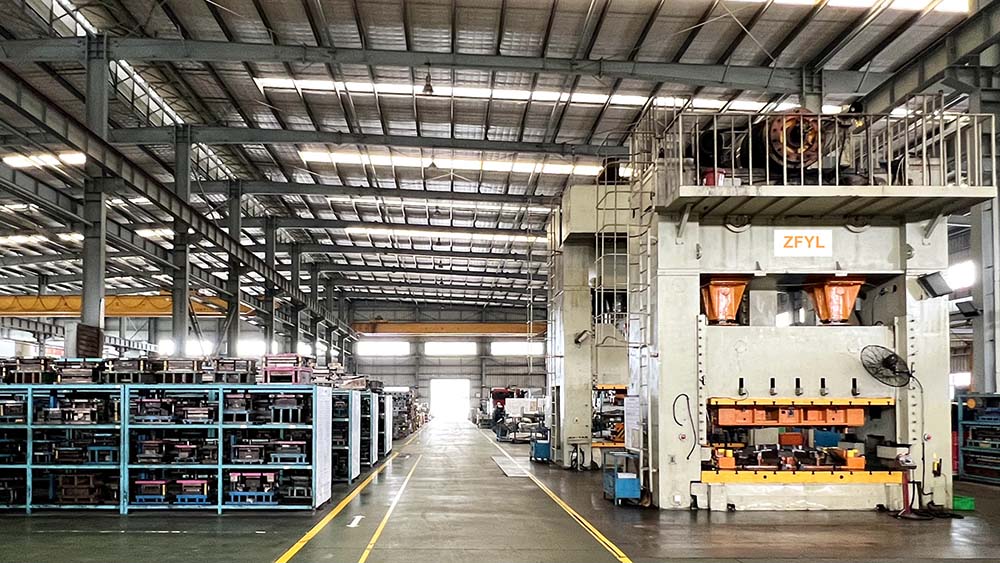Deep drawing is one of the most important metal forming techniques used in today’s manufacturing industries. Known for producing high-strength, seamless, and lightweight components, deep drawing supports everything from household products to advanced automotive and aerospace parts. This blog explores the definition of deep drawing, how the process works, major classifications, available services, its advantages, and the industries that rely on it.
Deep drawing is a sheet metal forming process in which a flat metal blank is transformed into a three-dimensional shape—usually a cup, cylinder, or box—through controlled force applied by a punch and die. The term “deep” refers to the fact that the depth of the formed part typically exceeds its diameter. Because the material is stretched and compressed simultaneously, the final part features smooth surfaces, high strength, and excellent dimensional accuracy.

How the Deep Drawing Process Works
The deep drawing process consists of several key steps:
1. Material Preparation
Metal sheets such as stainless steel, aluminum, copper, carbon steel, and brass are cut into blanks. These materials offer good ductility and drawability.
2. Positioning and Clamping
The blank is placed over the die cavity and held firmly by a blank holder to prevent wrinkling.
3. Punch Operation
A punch forces the sheet metal into the die cavity, gradually shaping it into the desired geometry. Depending on the depth, multiple drawing steps may be required.
4. Trimming and Finishing
Excess material is removed, and the surface may be polished, deburred, or coated. Heat treatment can be applied to improve strength and stability.
This controlled, repeatable process ensures high precision and excellent structural integrity.
Classifications
Deep drawing can be categorized into several types based on complexity and part geometry:
Single-action deep drawing – Standard method with one punch stroke.
Double-action deep drawing – Uses separate blank-holding and drawing actions for better control.
Progressive die deep drawing – Multiple operations completed in one die for high-volume production.
Redrawing – Additional drawing steps for extra-deep parts.
Reverse deep drawing – Used when directional grain flow is required.
Hydraulic deep drawing – Suitable for large, complex, or high-precision parts.
Each type supports different product requirements in terms of depth, shape, and structural performance.
Deep Drawing Services Offered by Manufacturers
Professional deep drawing providers offer a wide range of services:
Design consulting and manufacturability analysis
Tooling and die design
Prototype and small-batch production
High-volume automated deep drawing
Metal stamping integration (piercing, flanging, trimming)
Surface treatment and assembly
Material sourcing and quality inspection
These services allow customers to receive fully customized and production-ready parts.

Advantages
Tiefziehen bietet einzigartige Vorteile, die viele andere Fertigungsverfahren nicht bieten können:
Hohe Festigkeit durch Kaltverfestigung
Nahtlose, auslaufsichere Konstruktionen, ideal für Container und Gehäuse.
Hervorragende Oberflächenqualität, minimaler Nachbearbeitungsaufwand erforderlich
Geringer Materialverbrauch und effiziente Produktion
Hohe Wiederholgenauigkeit in der Massenfertigung
Geeignet für dünne und leichte Designs
Kostengünstig bei mittleren bis hohen Mengen
Durch die Fähigkeit, langlebige und gleichmäßige Bauteile herzustellen, ist das Tiefziehen für Industriehersteller eine bevorzugte Wahl.
Anwendungen
Das Tiefziehen spielt in einer Vielzahl von Branchen eine entscheidende Rolle:
Automobilindustrie – Kraftstofftanks, Motorkomponenten, Halterungen, Gehäuse
Luft- und Raumfahrt – Leichtbauteile und Gehäuse
Konsumgüter – Kochgeschirr, Dosen, Haushaltsgeräte
Elektronik – Batteriegehäuse, Sensorgehäuse, Abschirmabdeckungen
HLK und Energie – Druckbehälter und Systemkomponenten
Medizinische Geräte – sterile Behälter und Präzisionsteile
Industriemaschinen – Hochleistungsgehäuse und -becher
Von Haushaltsgegenständen bis hin zu Hochleistungsbauteilen ermöglicht das Tiefziehen eine zuverlässige und qualitativ hochwertige Fertigung.

